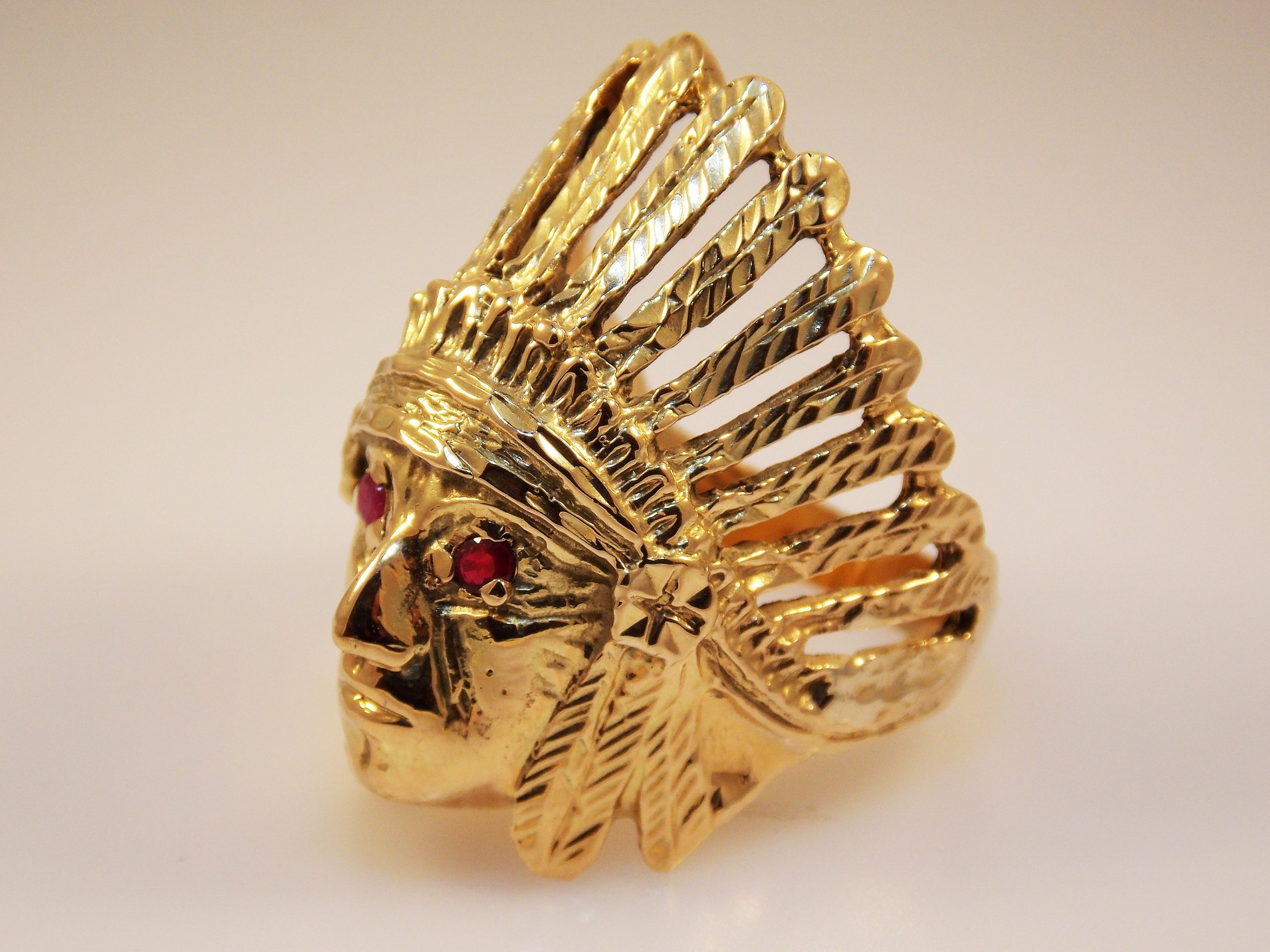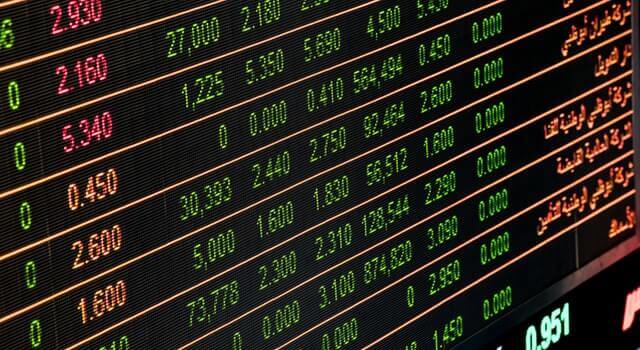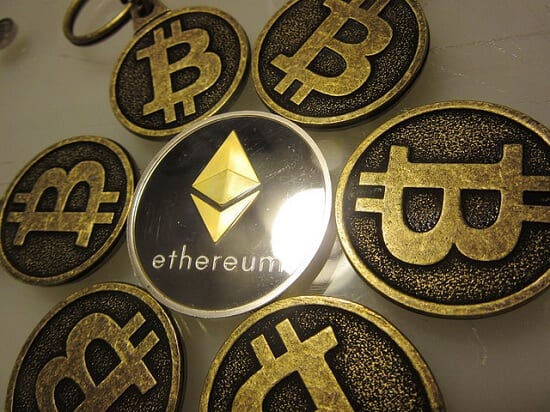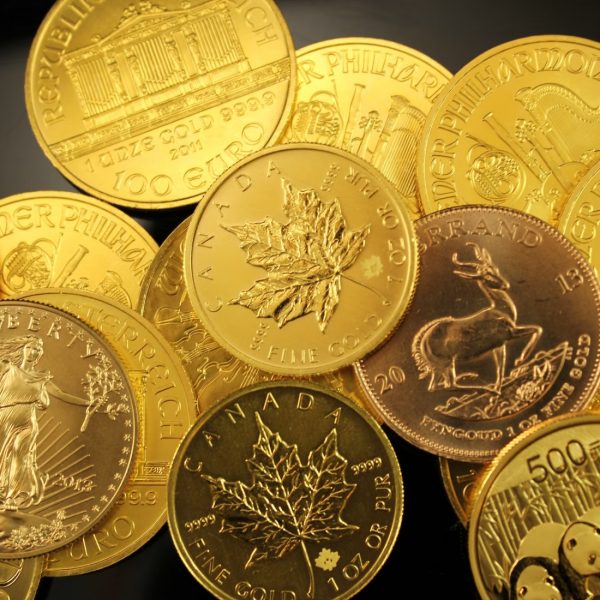What Types of Gold Investment are There?
28/11/2023Daniel Fisher
Free & fully insured UK Delivery. Learn more
Secure & flexible payments. Learn more

Buyback Guarantee Learn more
Gold is now considered one of the most established investment asset classes. Gold coins have existed as a medium of exchange for thousands of years, but their explicit use as an investment has gathered pace over the last half century.
But owning gold in its physical form isn’t the only option available for those seeking exposure to rising gold prices. Retail investors are now able to financially participate on various stages of the gold production process from exploration and mining, through to speculating on future gold values. In line with the fast-moving digital age, there are now a raft of sophisticated gold investment options to suit all risk appetites.
We evaluate the merits of each for you to decide which gold investing method best suits your objectives. There are six main gold investment instruments.
This area is our bread and butter at PhyscialGold.com, as our name suggests! Our customers prioritise the safety, security and diversification that owning real gold provides, over leveraged risk-taking. It may sound like an old-fashioned way of investing in gold, but its established track record and simplicity are a major appeal. There are thousands of types of gold coin to choose from including a multitude of Gold Sovereign varieties.
Investing in gold physically provides the peace of mind of owning a tangible asset with intrinsic value and no counterparty risk. However, those benefits come with the added costs of larger buying & selling margins and the need to store and insure larger quantities.
Gold coins have long been a popular choice for investors and collectors alike. They represent a tangible asset and carry historical and numismatic value. Some of the most renowned gold coins include the Gold Eagles, Gold Britannias, Gold Maples, Gold Sovereigns and Gold Krugerrands from South Africa. Each coin has its unique design, weight, and purity, making them sought-after items in the gold market. When investing in gold coins, it’s essential to consider factors like authenticity, condition, and market demand. UK investors benefit from legal tender coins such as Sovereigns and Britannias being free from Capital Gains Tax (CGT), boosting returns significantly.

Unlike coins, gold bars are typically valued solely for their gold content and weight rather than any design or historical significance. They range in size from tiny 1-gram bars suitable for individual investors with limited capital, to larger kilogram bars for more accomplished investors and institutional buyers. One of the primary advantages of investing in gold bars is the lower premiums compared to coins. However, you must ensure the gold’s purity and authenticity, often verified through hallmarks and certificates.
Buying gold jewellery can simply be driven by the aesthetic appeal of a particular necklace, earrings or bracelet. But many also hope that keeping items for years will increase in value and prove to be a shrewd investment.
Unfortunately, the design element means the value of the gold jewellery is subjective and the price you pay for jewellery far exceeds the value of the gold content itself. That’s why gold necklaces and bracelets are less effective as investments than gold coins and bars. If the gold price rises, your jewellery will appreciate slower, as its value consists of subjective design value, not just gold. The only way gold jewellery will ever rise in value faster than gold bars or coins is if the designer becomes renowned or the piece becomes very rare.

There are many types of gold collectibles including exclusive watches, statues, homewares and other more novel and artistic pieces. Using gold to convey exclusivity, the scarcity and desirability of the tangible objects play more of a role in its value than simply its commodity value. Trends in consumer appeal influence valuations as with any artwork.
While collectability evokes pleasure in ownership, gold’s inherent worth provides a value floor should personal tastes change. As adornments, they spark conversation and convey success. At their best, gold collectibles merge aesthetics, originality and elemental beauty that may appreciate vastly or remain timeless family heirlooms.
Essential cheat sheet to maximize your profits.
For investors more comfortable with gaining exposure to the gold market through paper investment rather than physical, there’s also the traditional stock and funds route. Many see buying gold stocks as a simpler form of ownership, cheaper and more suitable for dynamic trading. However, it represents new risks and focusses on a different set of objectives.

Gold mining stocks represent fractional ownership in companies actively involved in exploring for and extracting gold deposits around the world. While riskier and more volatile than physical gold, picking the right miners will mean outperforming the underlying gold price.
Successful operators return substantial dividends to shareholders as profits rise in bullion upcycles. Conversely, falling gold prices squeeze margins and hamper profitability. Carefully vetting the strength of management teams and ore prospects are crucial to successful stock-picking.
Trading mining stocks offers concentrated exposure to gold’s commodity cycle, transparency of investment value and ease in buying and selling. But with substantial fixed costs, a falling gold price can be particularly harmful to the prosperity of gold mines and stocks can fall perilously close to zero.
Gold funds bundle various gold equities and securities to offer a pre-packed approach to investing in the wider gold sector. Rather than researching the best gold stocks or gold-linked ETFs yourself, fund managers assemble and monitor portfolios on your behalf. Blends of miners, royalty stocks, commodities, and bullion-backed funds provide diversification to smooth out individual volatility.
But annual fees and possible tax on income and capital gains, chip away at gains, making low-cost indexing critical for competitive investor outcomes. While rarely matching physical gold’s protections during crises, top-performing fund managers potentially boost rewards when inflation stimulates gold markets entering fertile phases of the commodity cycle.
Gold ETFs (exchange traded funds) offer investment exposure to physical gold without requiring personal storage of bars or coins. Holding gold-backed securities that track bullion prices and trade on major stock exchanges provides liquidity and efficient portfolio diversification.
Since launching in 2003, gold ETFs have democratized accessing the yellow metal for hedging and speculation using standard brokerage accounts. They carry minute expense ratios under 0.5% while eliminating dealing premiums incurred when directly buying coins.
However, gold ETFs tend to underperform bullion’s crisis hedging ability due to the inherent risk to leveraged financial products such as ETFs, especially during systemic financial failures.
Free ultimate guide for keen gold investors
For more advanced investors, various financial instruments exist to benefit from gold’s value. These methods provide opportunities to canny investors to profit when gold prices fall, rather than just when they appreciate. They provide cost effective and agile means to actively trade in and out of positions to profit from short-term market movements. Rather than a more passive ‘buy and hold’ strategy, the higher level of expertise and commitment required, is only suited to sophisticated investors. Due to leverage, risks are magnified.
Gold futures allow traders to speculate on gold prices without direct physical ownership, using leveraged contracts obligating transaction at a future date. In practise, investors don’t actually receive (or sell) gold on that upcoming date, rather they will unwind positions before the deadline.
Standardized on exchanges, gold futures reflect the raw commodity or financial instruments rather than gold bars or coins. Paper gold dealings appeal for speculation and tactical plays, allowing enhanced gains regardless of market direction, through the use of leverage. But they require constant monitoring to limit risks.
Unique dynamics such as contango and backwardation between gold spot prices and longer-dated contracts additionally influence pricing dynamics. Savvy traders try timing entries and exits around bullish gold catalysts while adjusting stop-losses accordingly, mindful that brokerage liquidation remains one misstep away.
Gold options give investors the right, but not the obligation, to buy or sell gold at a preset “strike” price on or before a specified date. Call options bet on gold advancing beyond the target level while put options expect prices to drop. Downside risk is restricted to the cost of buying the option, rather than the leveraged losses present when trading futures.
Options can be used to hedge holdings of physical bars and coins or mining shares with protective put options. This way the expectation of falling gold prices can be mitigated. More dynamic traders combine options in advanced strategies too complex for novices. Ultimately, options offer flexibility for both conservative buffering and aggressive speculative plays in the gold arena.

Gold CFDs (contracts for difference) allow traders to speculate on gold price movements without direct bullion or futures ownership. Essentially side bets between investor and broker, CFDs pay cash reflecting the price difference rather than physical delivery. High leverage tempts eager traders but demands close loss limits given the 24/7 volatility.
Unlike options or futures bound to expiration dates, CFD positions roll continuously with pricing fully dependent on spot markets. While they can provide agility to investors, associated fees and spreads can negate potential profits if not carefully managed.
Our automated portfolio builder will provide suggestions based on various investment objectives.
Gold accounts allow buyers to own gold in paper proxy form rather than as physical coins and bars requiring personal storage. Offered by select bullion dealers and banks, account holders purchase fractional interests priced at prevailing gold rates. This can be a convenient way of regular small gold purchases without the headache of storage needs.
Accounts also tend to offer better liquidity, tradability, and financing conveniences than direct ownership locked away outside the financial system. For investors happy to stay within the mainstream financial system, the hybrid accessibility of gold accounts strikes an appealing balance between pure speculative plays and offline safe-haven hoarding.
Physical gold can be added into specific pension accounts at tax-efficient prices, essentially providing huge discounts to gold bought outside of a pension. Although not as liquid as securities that can be traded daily, physical gold sheltered from tax liabilities helps diversify long-term strategic savings goals.
In the UK Self-Invested Personal Pensions (SIPPs) permit gold bullion purchases which can be held alongside typical pension assets such as stocks and bonds. In the US Gold IRAs allow physical gold bars and coin ownership within retirement accounts.
Typical allocations range from 5-20% providing balance and protection from inflation and market downturns.
Gold certificate programs enable buyers to hold titled interests in specific gold bars stored externally in secure vaults. Assigning unique certificate numbers to each gram or ounce bar serializes ownership without personal possession.
The ability to buy and sell is enabled through the transfer of certificate deeds through a broker, usually with reassuring online visibility to holdings. While bid/offer spreads can be lower than outright physical ownership, due diligence on using a trustworthy provider remains imperative.
Sovereign gold bonds represent Indian government-issued debt denominated in gold grams rather than fiat currency. Redemption values upon maturity track prevailing gold prices rather than being linked to inflation or interest rates. Currently offered intermittently to Indian citizens, new sovereign gold bond tranches sell in staggered increments aligned to domestic harvest purchasing power.
Returns for bondholders are both through fixed interest during the tenure along with possible (capped) gold price gains upon maturity. Despite a limited secondary market, sovereign issues are a smart way to raise financing by appealing to India’s gold-obsessed public.
Digital gold offerings blend crypto ‘s speedy transactions with gold’s enduring cachet through tokenization on distributed ledgers. Rather than directly owning physical bars, buyers purchase blockchain-based units equivalent to grams and ounces stored with custodians in third party vaults.
Despite the contrast of blockchain’s digital identity with gold’s intrinsic value, both appeal to an investor base seeking to detach from mainstream banking and finances. It certainly doesn’t have to be a choice between gold or crypto.
While dematerializing bullion into strings of digital code may deter traditional gold investors, anonymity, wallet security and cross-border transfer flexibility appeals to the ever-expanding crypto adopters. As with any encrypted innovation, grasping relative transparency and rationalizing valuations remains imperative before digitally teleporting hard-won savings into cyber space.

Gold-backed cryptocurrencies link the value of physical gold to the efficient operation of digital coins and tokens. Though not as intuitively spendable day-to-day as cards or cash, gold crypto appeals to inflation-wary holders cautious of the inherent restrictions and risks of bank deposits.
As cryptocurrencies permeate mainstream life, more gold-backed variants are inevitable to create a more tangible, trustworthy crypto amidst a speculative sea of arbitrary digital creations.
Gold royalty and streaming companies provide capital to miners upfront in exchange for the right to buy future gold production at reduced preset prices. This financing allows the royalty company to receive fractions of output at below-market gold prices without operating the mines directly. This generates excellent margins and diversification with reduced operational risks for royalty backers
The business model essentially allows leveraged gold profits while avoiding the operational risks of gold mines. Examples of Royalty streaming companies are Franco-Nevada, Wheaton Precious Metals, Royal Gold, Osisko Gold Royalties, Sandstorm Gold
Our gold market experts can help you make sound decisions when planning your investments. If you prefer to hold physical gold, our team can guide you on which bars and coins to buy and when. We offer different ways to invest in physical gold from one-off purchases, Monthly Savers and Pension Gold.
Call us on (020) 7060 9992 or simply get in touch with us online before investing your money into the market.


Gold ETFs provide low-cost gold market exposure for fluid trading of positions. Physical Gold appeals to those wishing to have direct ownership of bullion or gold coins without any counterparty exposure. While it attracts wider dealer margins than ETFs, investing in certain gold coins can be completely tax-free.
Allocated gold is the best choice if the priority is to have outright ownership of specific gold bars or coins without 3rd party risk. Unallocated gold is an option for investors willing to compromise full control in return for lower cost and fractional ownership.
The best gold investment option will be selecting the method which best meets your objectives. Physical gold bars and coins are the best for outright ownership, funds and ETFs for convenience and diversification, futures and options for experienced traders.
Investing in bullion or gold coins is a great starting point for beginners as ownership is simple and direct. Gold funds can also be appealing for novices as they provide a diversified exposure to gold, are easy to buy and sell, and values can be tracked online.
Image Credits: Wikimedia Commons and Wikimedia Commons
Live Gold Spot Price in Sterling. Gold is one of the densest of all metals. It is a good conductor of heat and electricity. It is also soft and the most malleable and ductile of the elements; an ounce (31.1 grams; gold is weighed in troy ounces) can be beaten out to 187 square feet (about 17 square metres) in extremely thin sheets called gold leaf.
Live Silver Spot Price in Sterling. Silver (Ag), chemical element, a white lustrous metal valued for its decorative beauty and electrical conductivity. Silver is located in Group 11 (Ib) and Period 5 of the periodic table, between copper (Period 4) and gold (Period 6), and its physical and chemical properties are intermediate between those two metals.